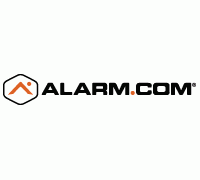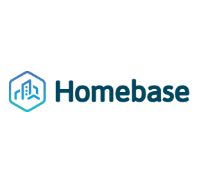Wednesday, May 18, 2016
Third Parties see Growing Opportunity to Profit in Energy Markets
The Federal Regulatory Energy Commission (FERC) Order No. 745 requires that RTOs and ISOs pay demand response resources participating in the day-ahead and real-time wholesale energy markets, the locational marginal price (LMP).
Traditional utility Demand Response (DR) programs provide financial incentives for shifting load during peak events. However, DR can be applied in many ways beyond peak events. New approaches are different from typical demand response solutions in several ways.
Typical demand response programs are limited contractually with consumers, allowing them to be exercised only a few times a year. Traditional demand response solutions require that the consumer sacrifice control or operation of their thermostat on the hottest days of the year in return for a reduction in utility rates. Real time solutions can anticipate peak events and pricing changes, and automatically change operation of appliances to shift load without the consumer even noticing. Utilities will no longer have to ask consumers to sacrifice comfort to achieve demand response goals. By using load shifting techniques that have no negative impact on the customer, they can run their program much more frequently, not just a few days per year.
Typical demand response programs focus on solving only peak demand problems. Real-time solutions can use demand response to address both pricing and capacity to provide utilities with the optimum portfolio of demand response programs for each hour of the day.
In restructured markets, retail energy providers can use demand response assets as instruments to mitigate risk due to fluctuations in anticipated load and energy pricing, or to take advantage of arbitrage opportunities between the day-ahead and spot markets.
Speakers for the session “Direct Participation of Energy Platform Providers in Energy Markets” discussed the changing demand response market and opportunities for direct participation in energy markets.
-
Jeremy Eddy, Senior Energy Consultant, Itron
-
Erin Keys, Director, Business Development & Strategy, Comverge
-
Yann Kulp, Vice President SmartSpace, Schneider Electric North America
-
Dave Oberholzer, VP, Business and Partner Development, WeatherBug Home
-
Ken Wacks, Consultant, Home, Building & Utility Systems; Member, Gridwise Architecture Council, DOE
For more information about Smart Energy Summit, or to download the Event Summary, Click Here.
Next: Top 5 Takeaways – Risks and Rewards of Energy Market Participation
Previous: 40%+ of U.S. broadband households plan to buy a smart home device in the next 12 months
Comments
Post a Comment
















